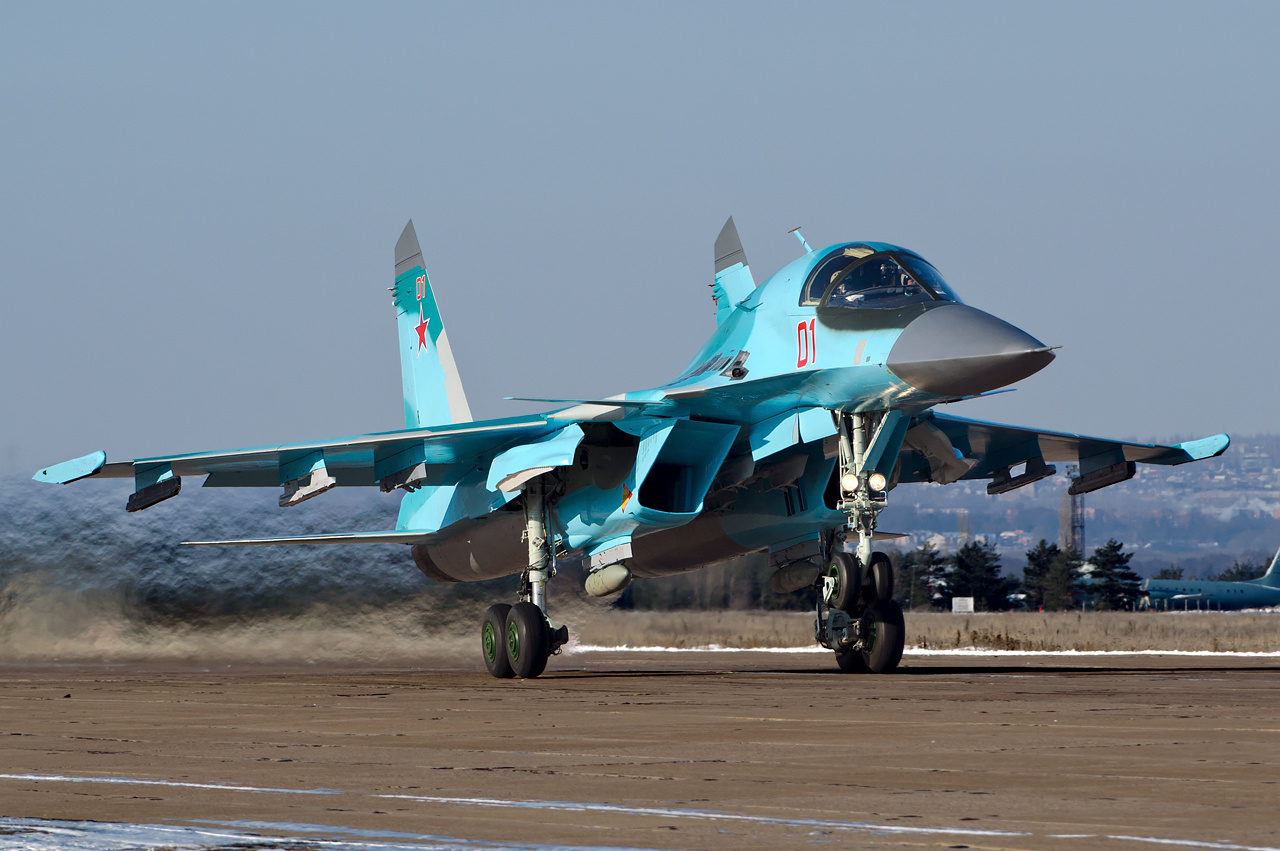The title of the Article is how Russia defeats NATO, I believe it very well could have said the US. The armies of any one of the countries of the EU are a shadow of their former selves, even collectively as part of the EU they would be no match for a determined Russia. Article also speaks to the woeful neglect of our own Armed Forces as well abrogating our responsibilities as defenders of freedom abroad (South China Sea). We have been bogged down by the side shows in Iraq/Afghanistan for so long, we have failed to really see the changing landscape around us, partly due to politics and partly because leadership in the military has failed to make the case.
When asked two weeks ago in testimony before the Senate Armed Services Committee whether the Army was “outranged” by any adversary, U.S. Army Chief of Staff General Mark Milley said: “Yes … the ones in Europe, really Russia. We don’t like it, we don’t want it, but yes, technically [we are] outranged, outgunned on the ground.”
Given Russia’s aggression in Ukraine, this is sobering testimony. But is it accurate? Unfortunately, yes: Nearly two years of extensive wargaming and analysis shows that if Russia were to conduct a short-warning attack against the Baltic States, Moscow’s forces could roll to the outskirts of the Estonian capital of Tallinn and the Latvian capital of Riga in 36 to 60 hours. In such a scenario, the United States and its allies would not only be outranged and outgunned, but also outnumbered.
Outnumbered? While the Russian army is a fraction of the size of its Soviet predecessor and is maintained at a level of imperfect readiness, we found that it could — in 10 days or so — generate a force of as many as 27 fully ready battalions (30–50,000 soliders in their maneuver formations, depending on precisely how they were organized) for an attack on the Baltics while maintaining its ongoing coercive campaign against Ukraine.
All these Russian units would be equipped with armored vehicles — tanks, infantry fighting vehicles (IFVs), and so forth. NATO, meanwhile, would be able to respond largely with only light, unarmored, or lightly armored forces. These would consist of the forces of the Baltic republics themselves and those that the United States and its partners could rush to the scene in the few days of warning that would likely be available.
Read the rest of the story here. Warontherocks

